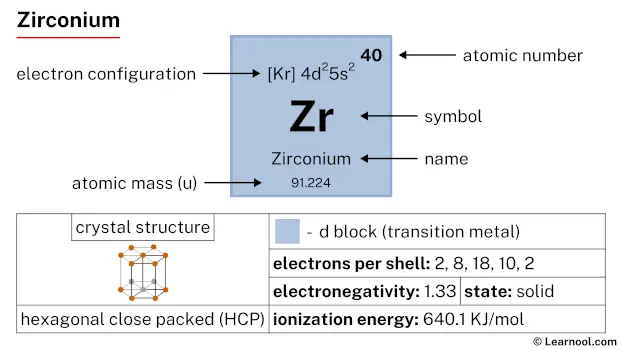
Zirconium (Zr) is a chemical element of the periodic table, located in the group 4 and the period 5, and is having the atomic number 40. It is a strong, ductile and malleable, lustrous, grey-white transition metal, whose name comes from the Arabic word “zargun”, which means gold colored.
On periodic table
| group | ⇨ | 1 | 2 | 3 | 4 | 5 | 6 | 7 | 8 | 9 | 10 | 11 | 12 | 13 | 14 | 15 | 16 | 17 | 18 |
| period | ⇩ | ||||||||||||||||||
| 1 | 1 H 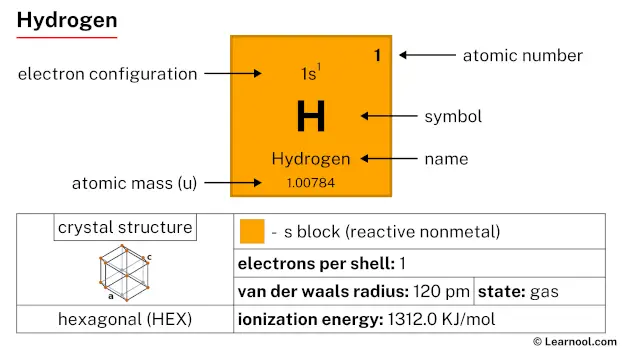 Hydrogen |
2 He 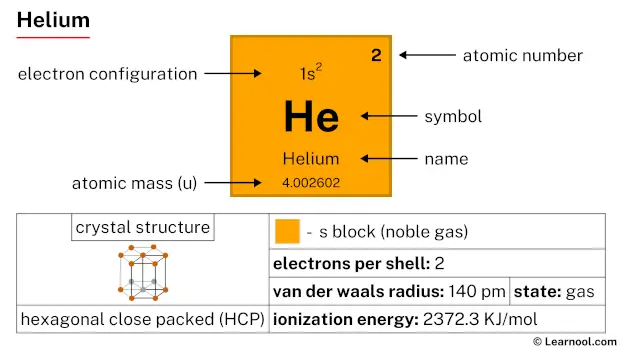 Helium |
|||||||||||||||||
| 2 | 3 Li 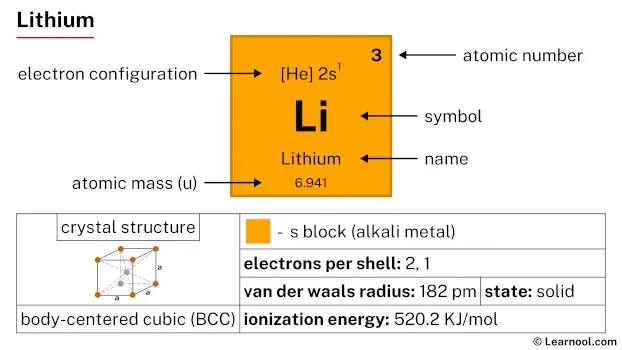 Lithium |
4 Be 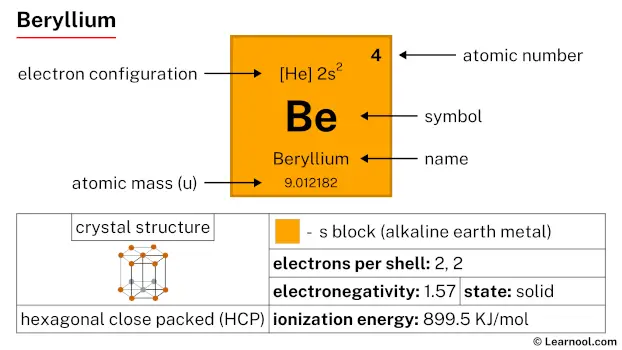 Beryllium |
5 B 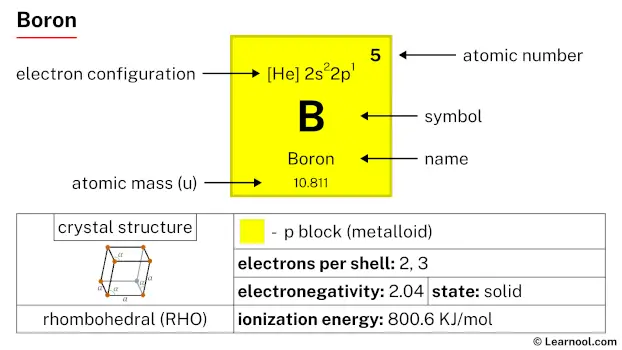 Boron |
6 C 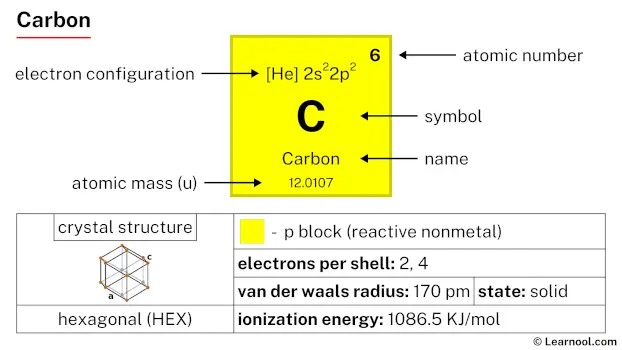 Carbon |
7 N 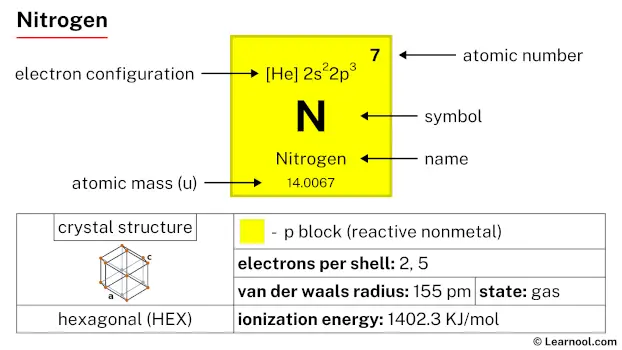 Nitrogen |
8 O 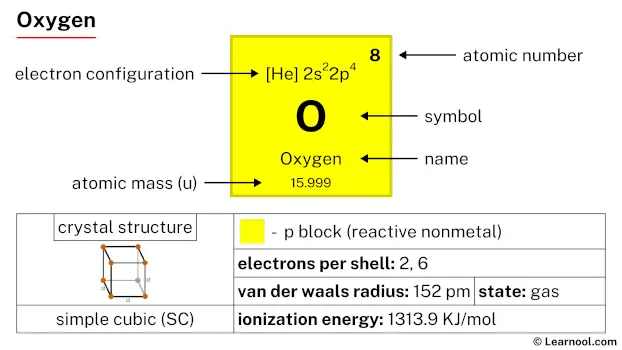 Oxygen |
9 F 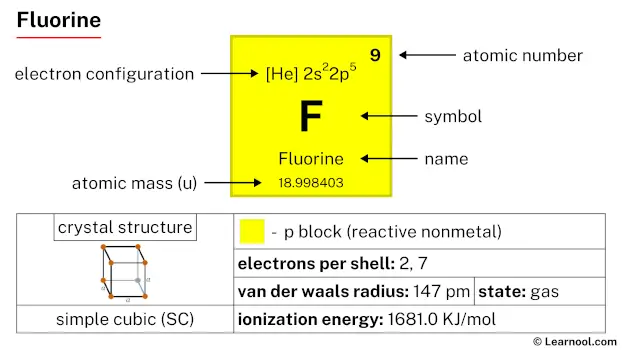 Fluorine |
10 Ne 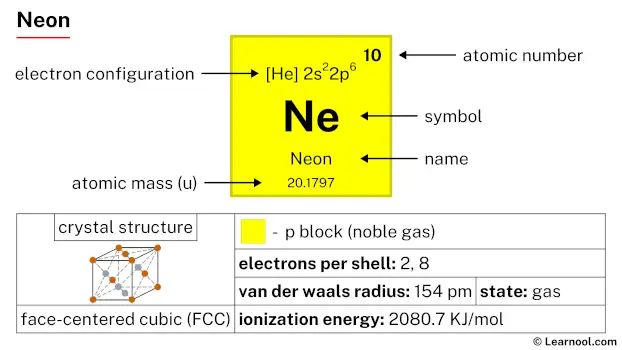 Neon |
|||||||||||
| 3 | 11 Na 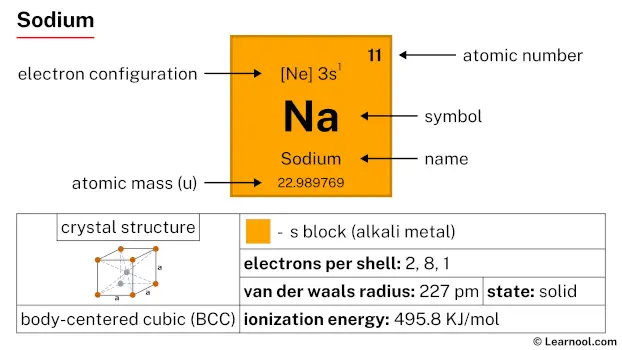 Sodium |
12 Mg 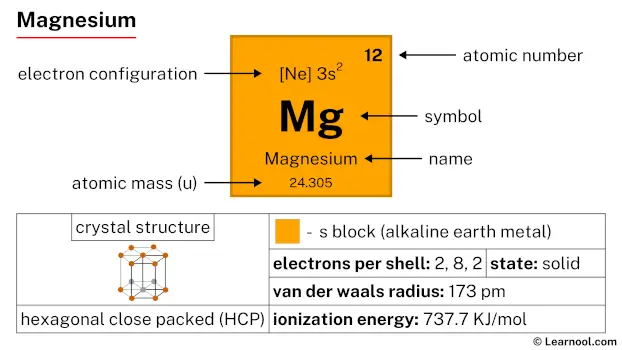 Magnesium |
13 Al 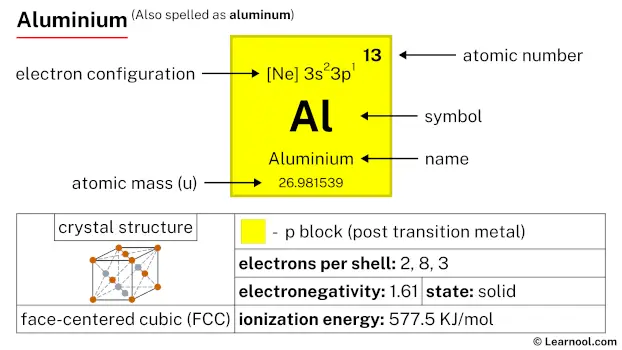 Aluminium |
14 Si Silicon |
15 P 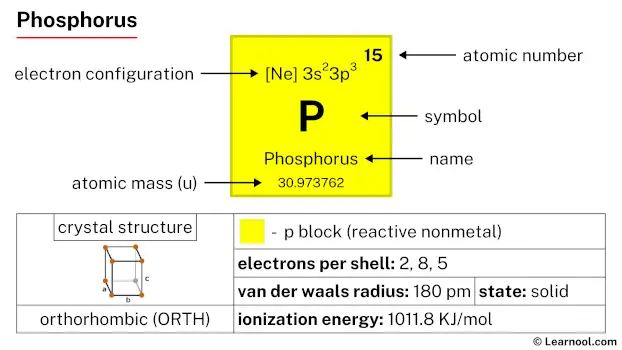 Phosphorus |
16 S 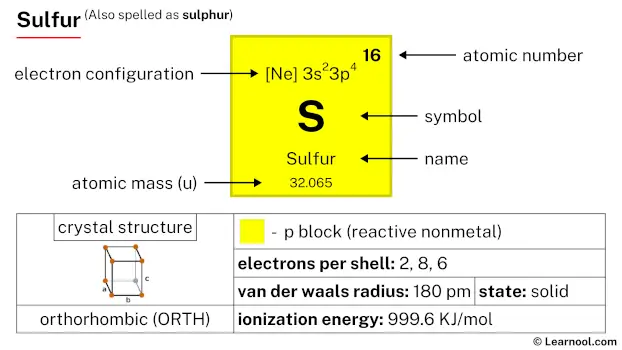 Sulfur |
17 Cl 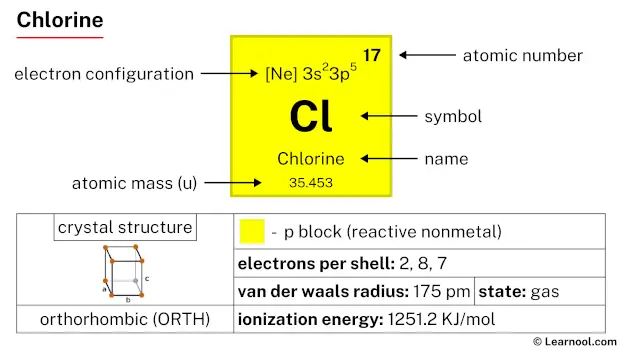 Chlorine |
18 Ar 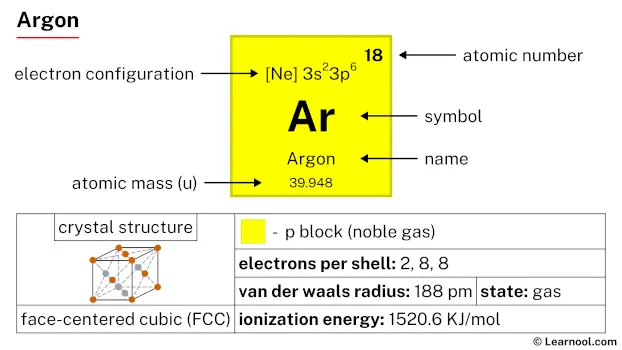 Argon |
|||||||||||
| 4 | 19 K 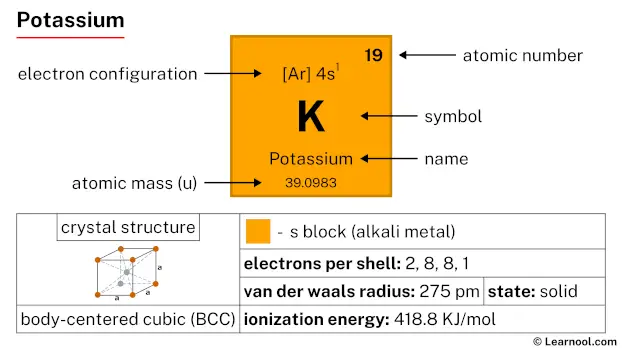 Potassium |
20 Ca 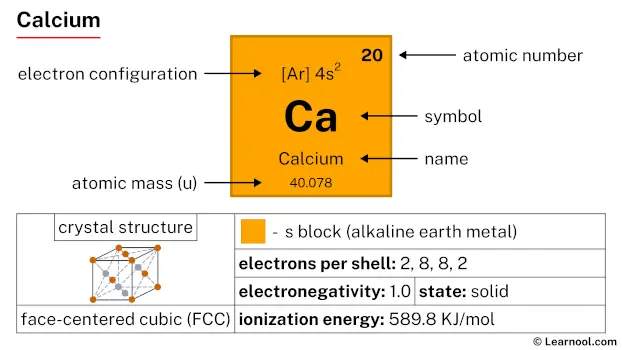 Calcium |
21 Sc 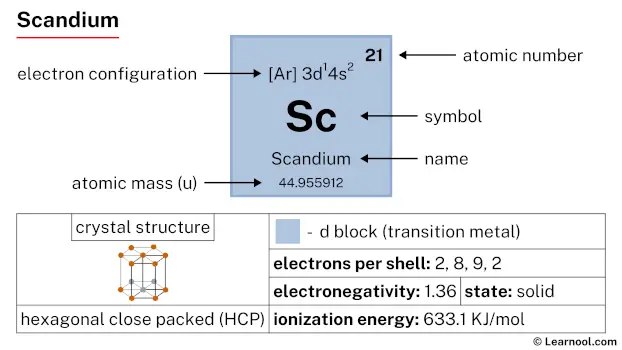 Scandium |
22 Ti 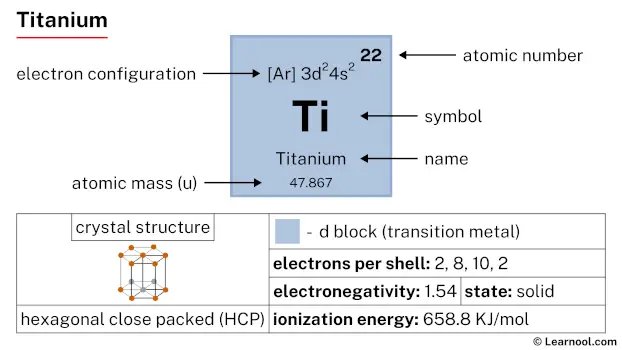 Titanium |
23 V 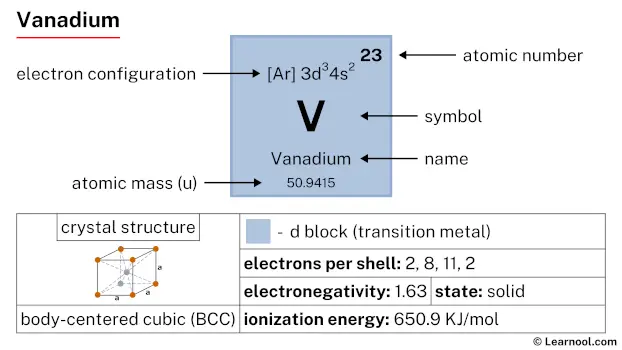 Vanadium |
24 Cr 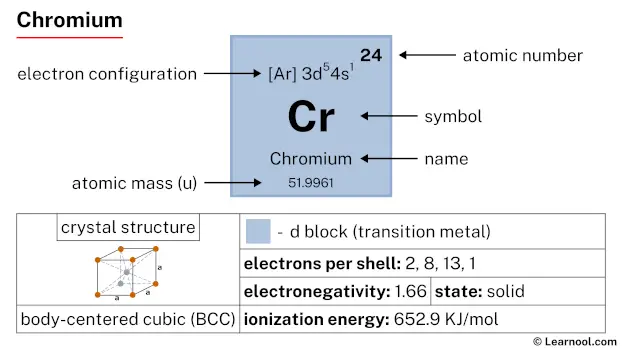 Chromium |
25 Mn 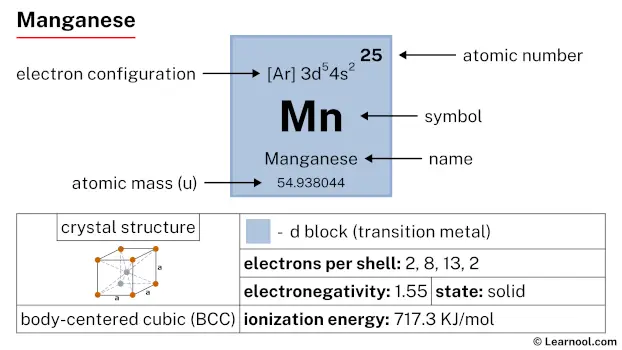 Manganese |
26 Fe 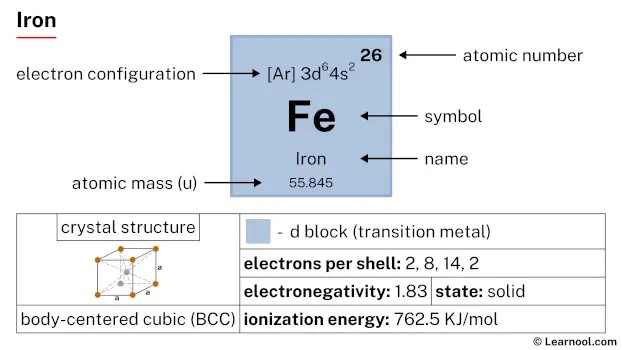 Iron |
27 Co 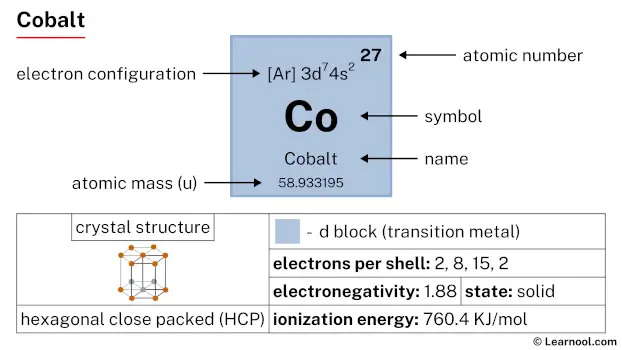 Cobalt |
28 Ni 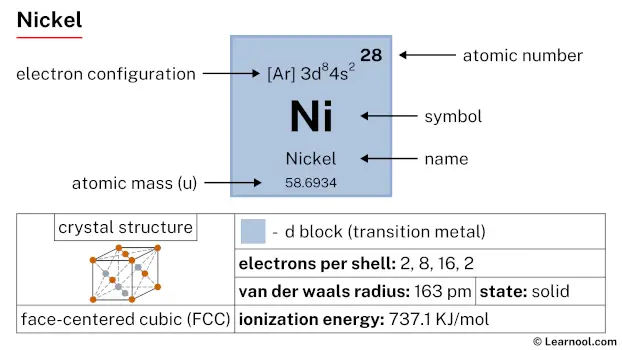 Nickel |
29 Cu 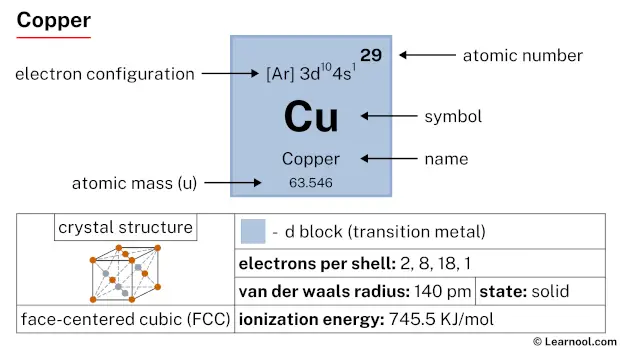 Copper |
30 Zn 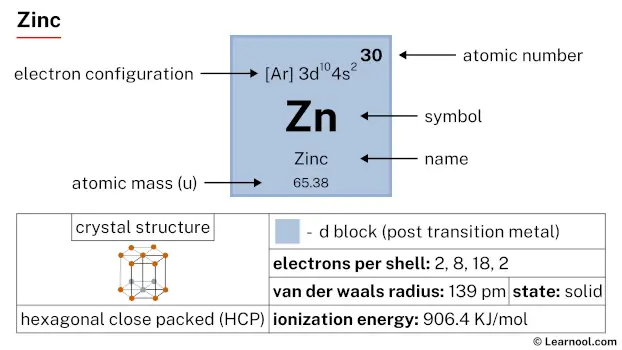 Zinc |
31 Ga 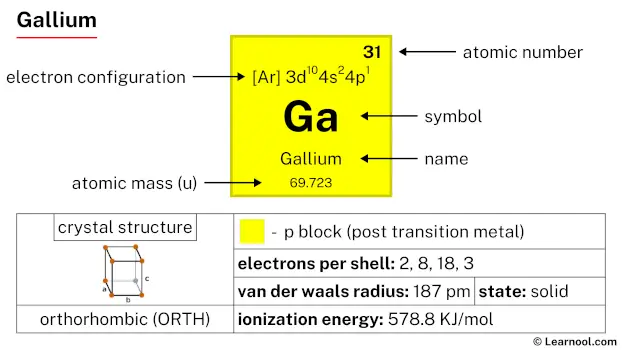 Gallium |
32 Ge 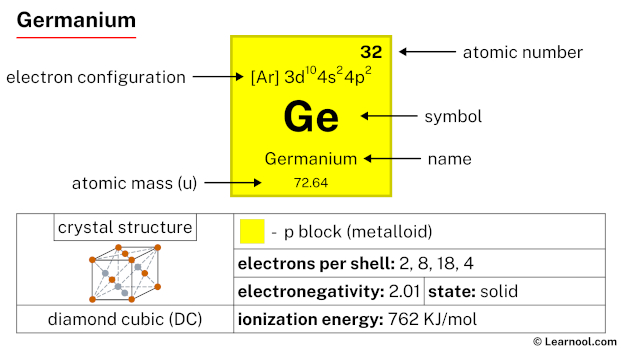 Germanium |
33 As 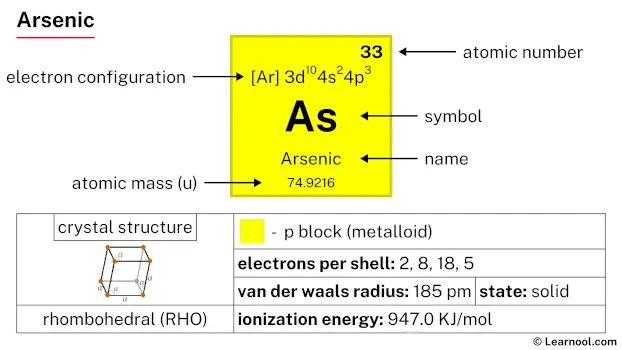 Arsenic |
34 Se 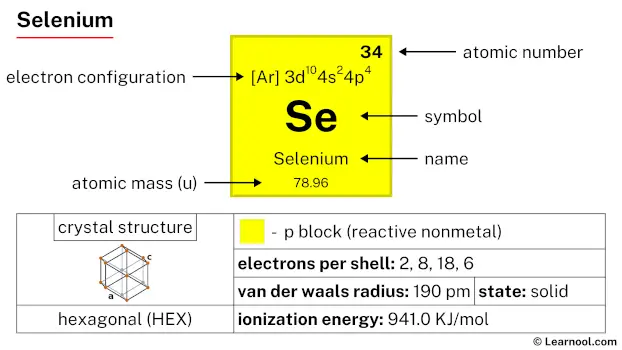 Selenium |
35 Br 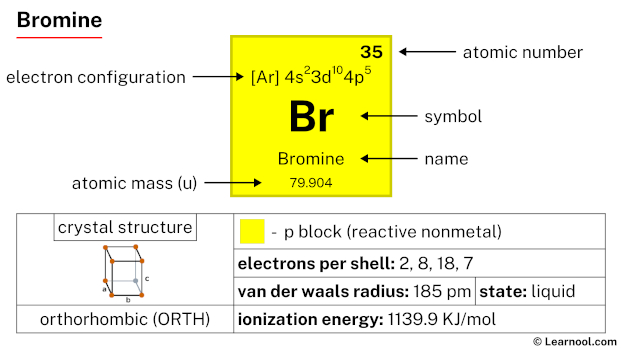 Bromine |
36 Kr 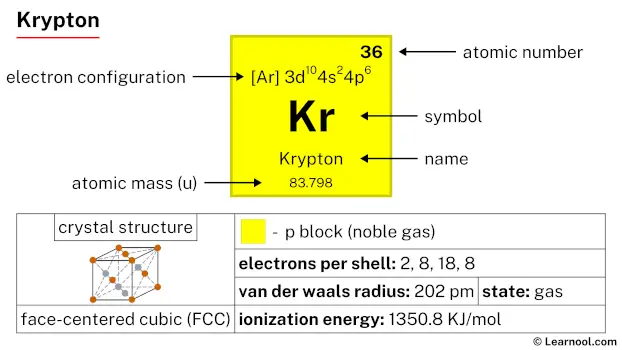 Krypton |
|
| 5 | 37 Rb 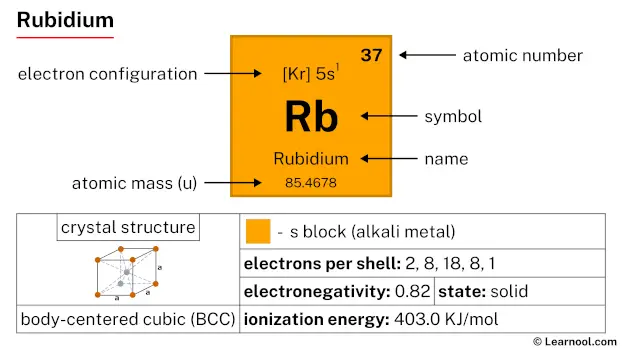 Rubidium |
38 Sr 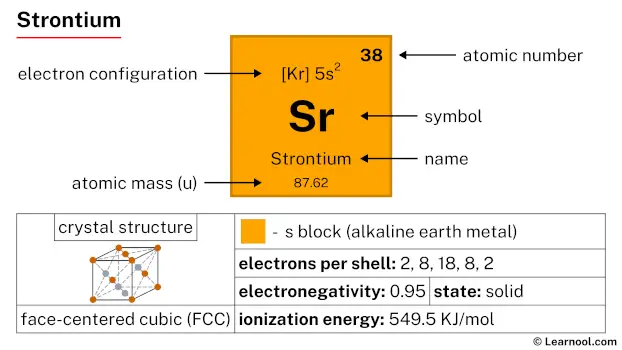 Strontium |
39 Y 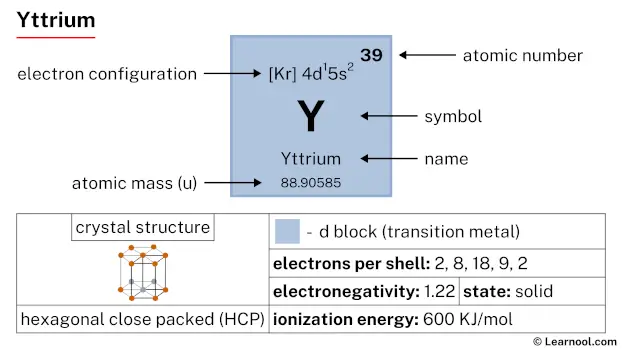 Yttrium |
40 Zr Zirconium |
41 Nb 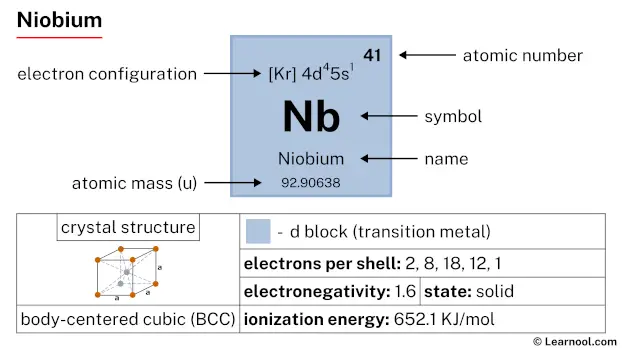 Niobium |
42 Mo 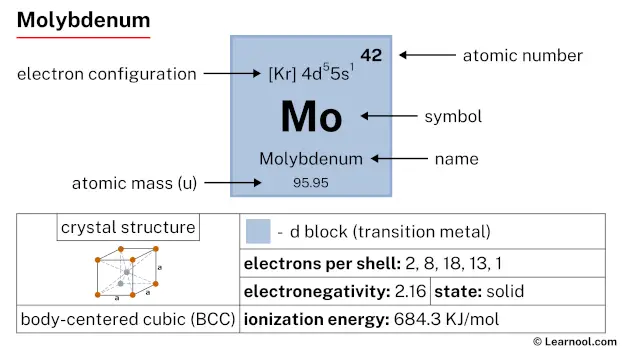 Molybdenum |
43 Tc 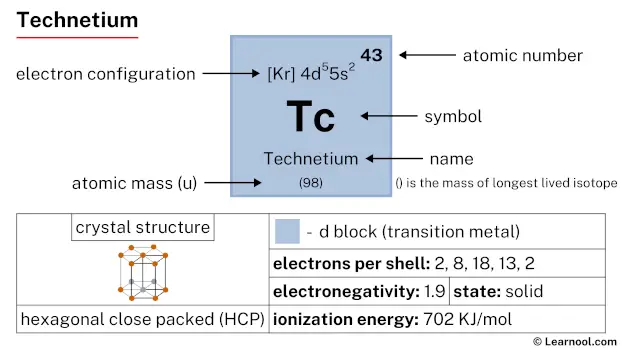 Technetium |
44 Ru 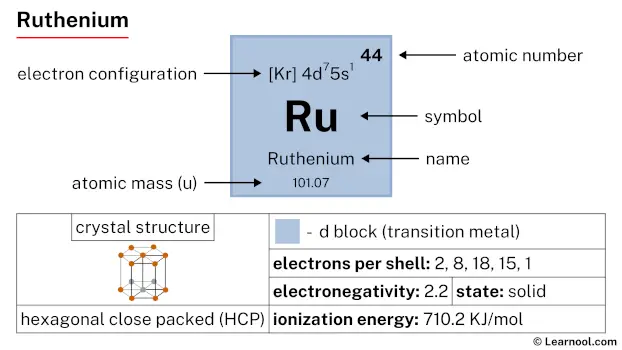 Ruthenium |
45 Rh 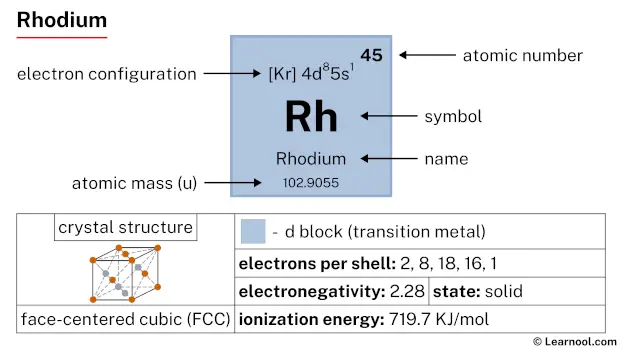 Rhodium |
46 Pd 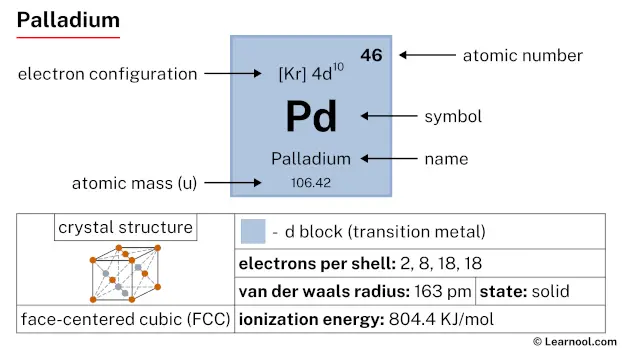 Palladium |
47 Ag 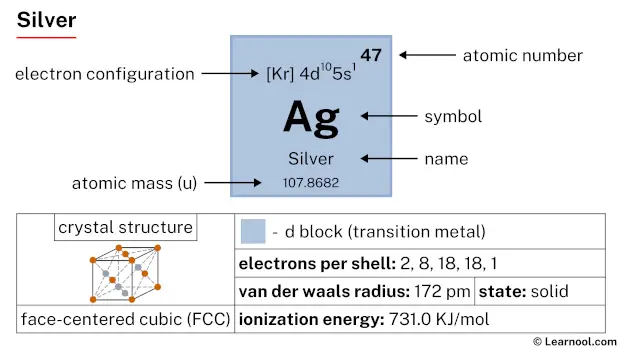 Silver |
48 Cd 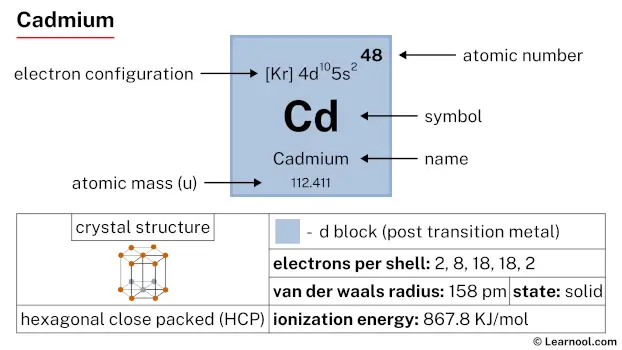 Cadmium |
49 In 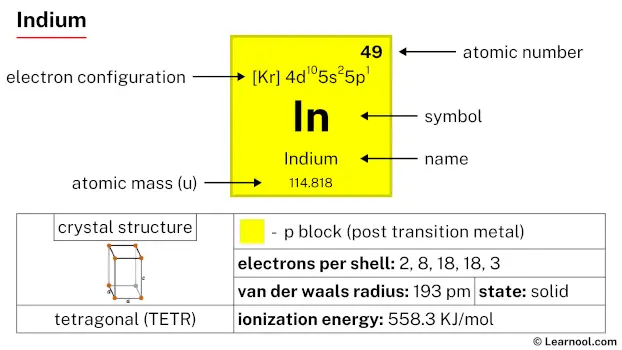 Indium |
50 Sn 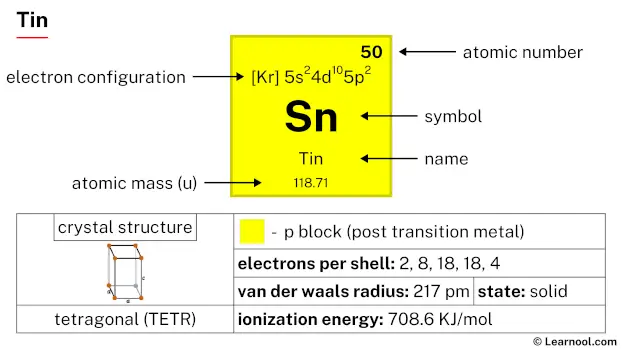 Tin |
51 Sb 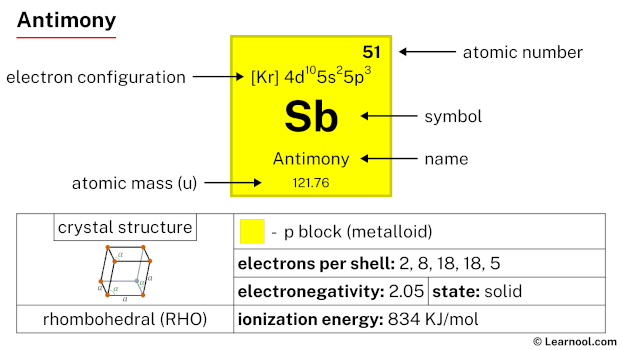 Antimony |
52 Te 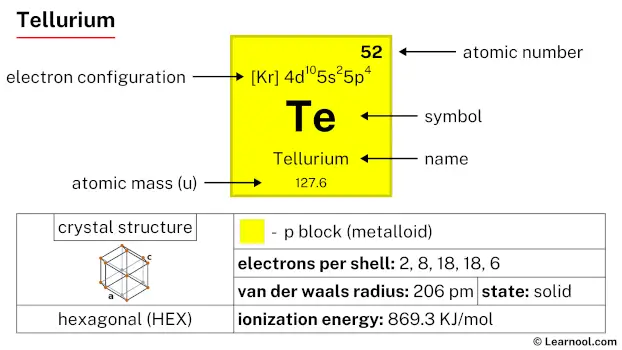 Tellurium |
53 I 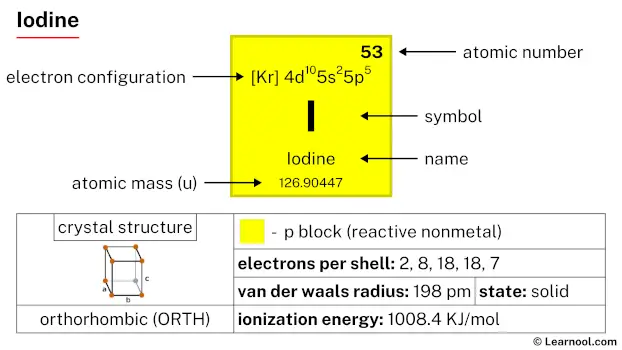 Iodine |
54 Xe 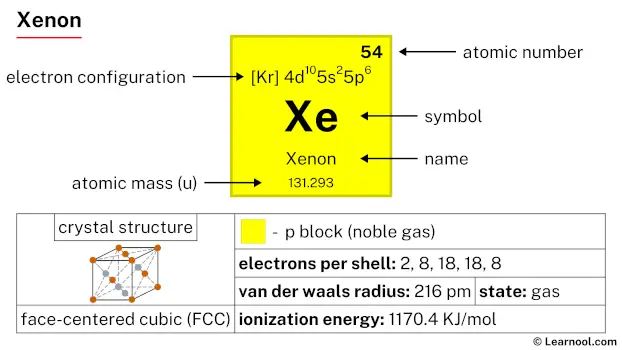 Xenon |
|
| 6 | 55 Cs 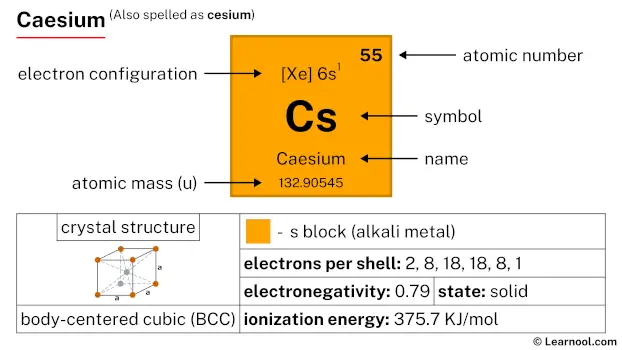 Caesium |
56 Ba 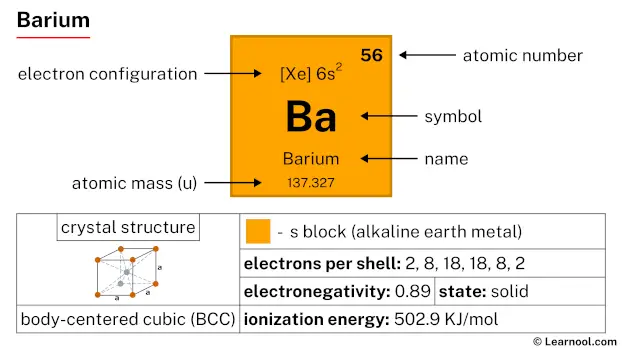 Barium |
72 Hf 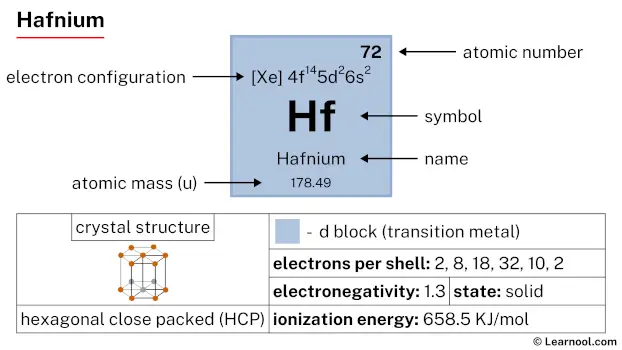 Hafnium |
73 Ta  Tantalum |
74 W 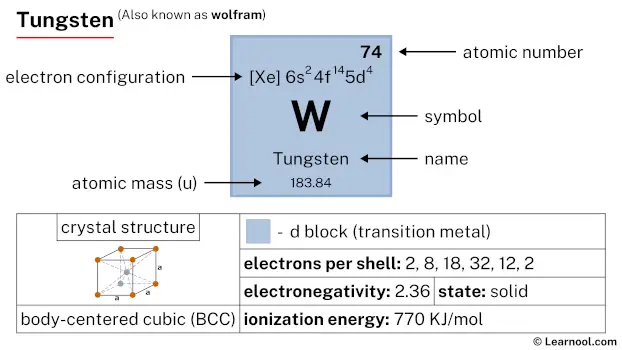 Tungsten |
75 Re 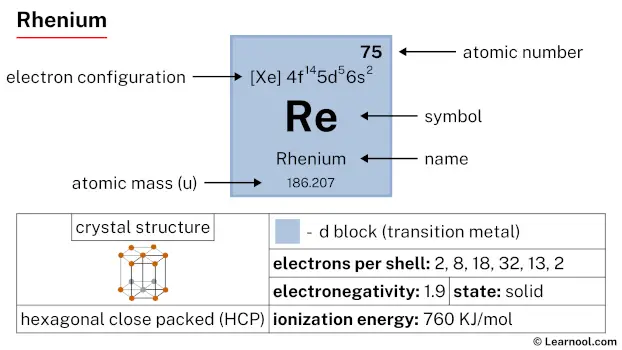 Rhenium |
76 Os 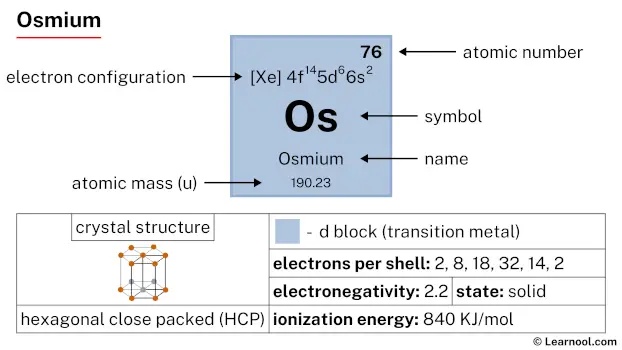 Osmium |
77 Ir 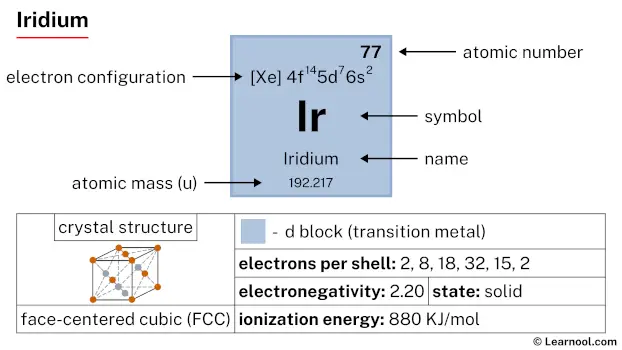 Iridium |
78 Pt 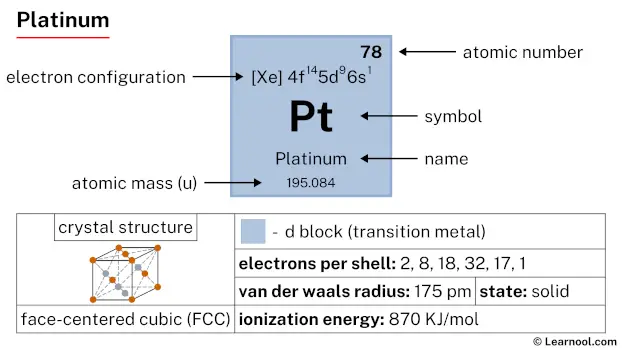 Platinum |
79 Au 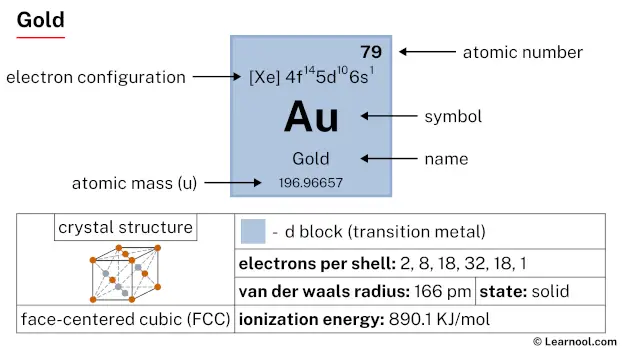 Gold |
80 Hg 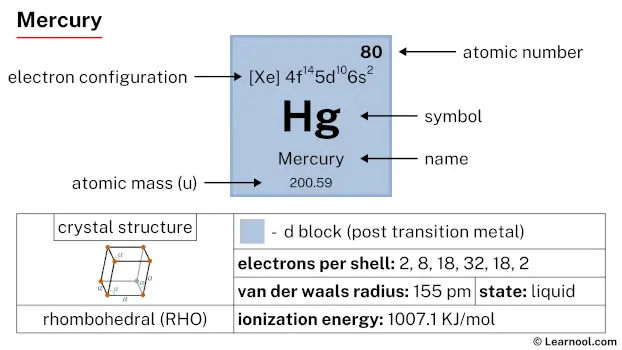 Mercury |
81 Tl 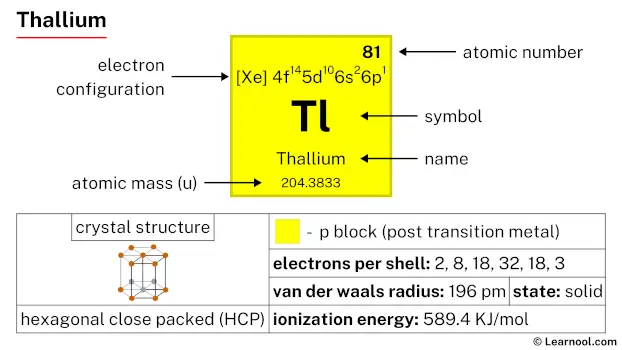 Thallium |
82 Pb 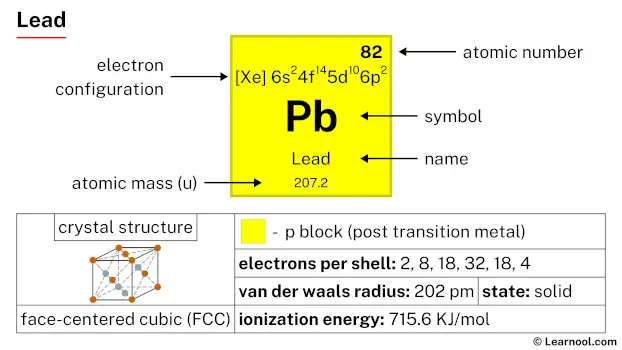 Lead |
83 Bi 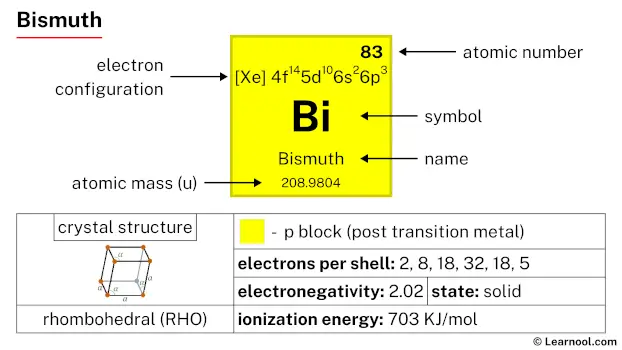 Bismuth |
84 Po 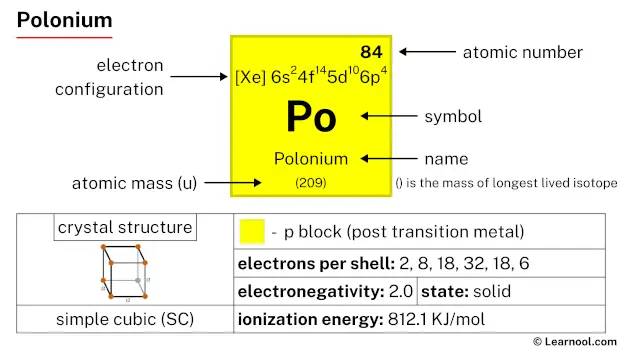 Polonium |
85 At 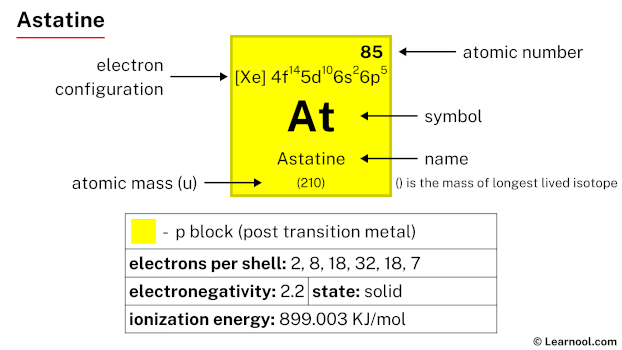 Astatine |
86 Rn 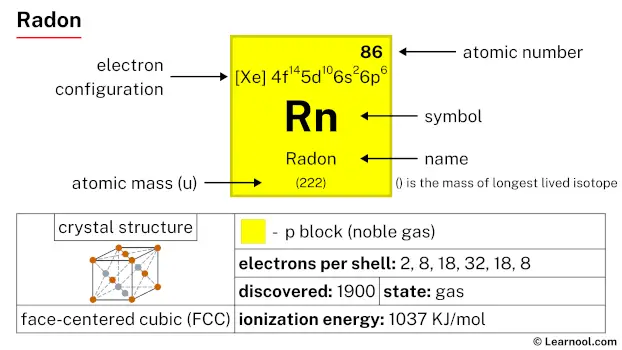 Radon |
||
| 7 | 87 Fr 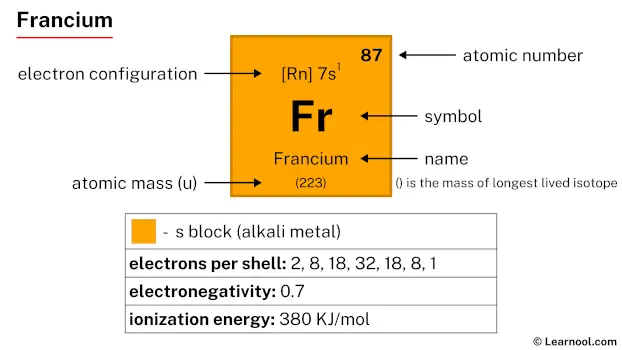 Francium |
88 Ra 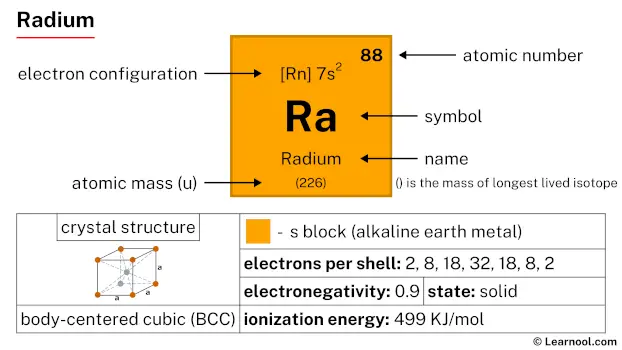 Radium |
104 Rf 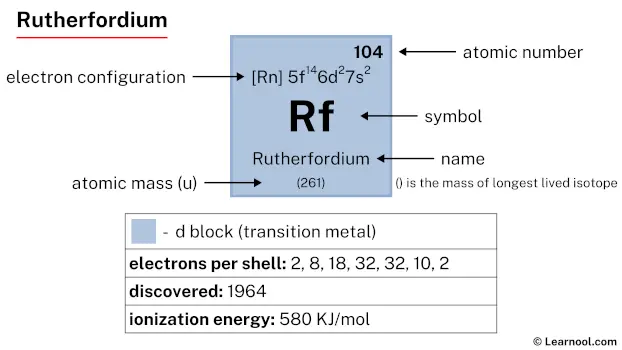 Rutherfordium |
105 Db 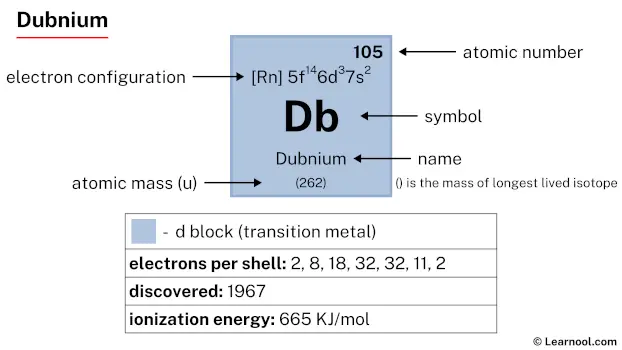 Dubnium |
106 Sg 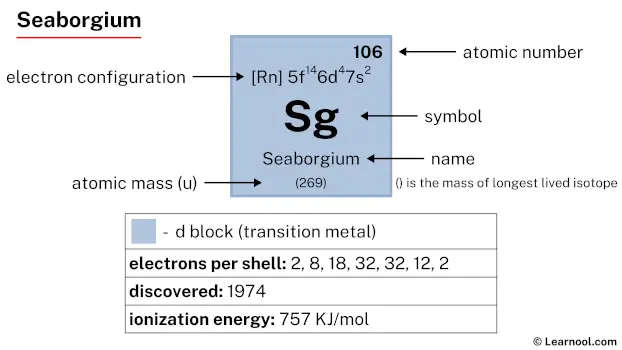 Seaborgium |
107 Bh 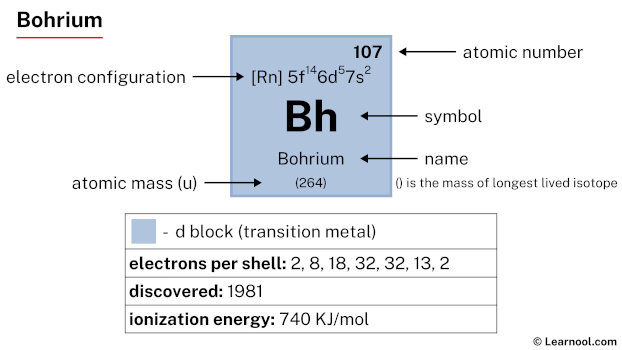 Bohrium |
108 Hs 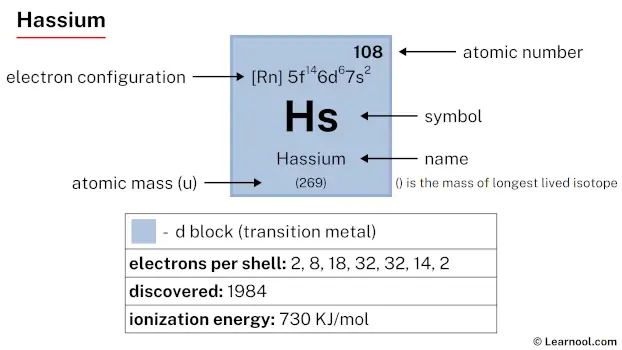 Hassium |
109 Mt 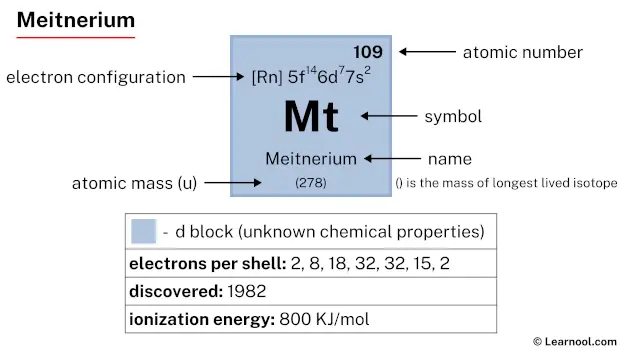 Meitnerium |
110 Ds 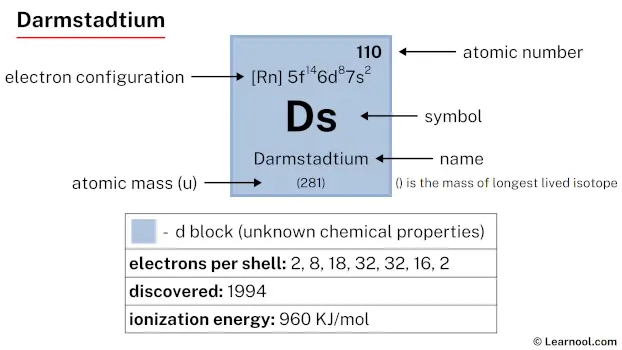 Darmstadtium |
111 Rg 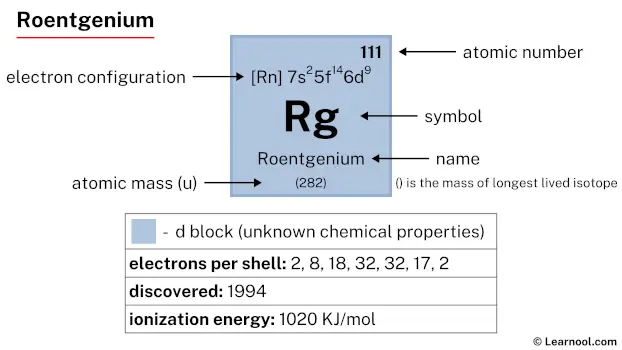 Roentgenium |
112 Cn 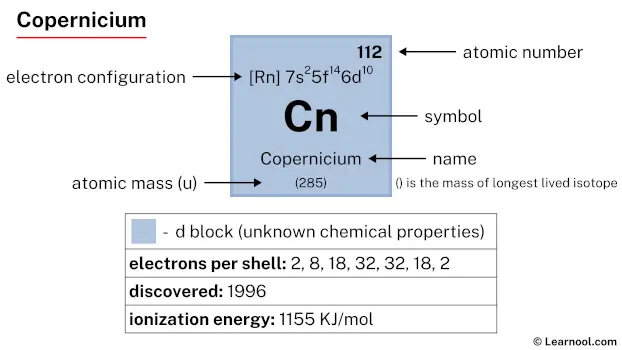 Copernicium |
113 Nh 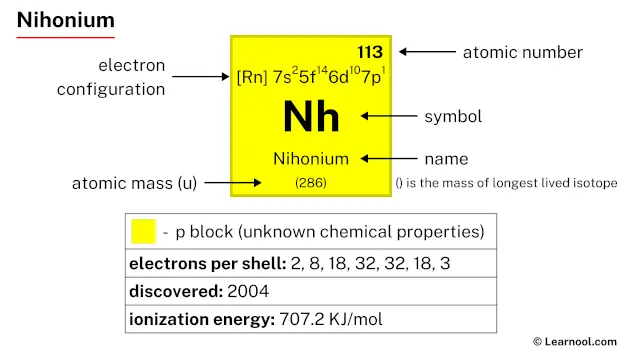 Nihonium |
114 Fl 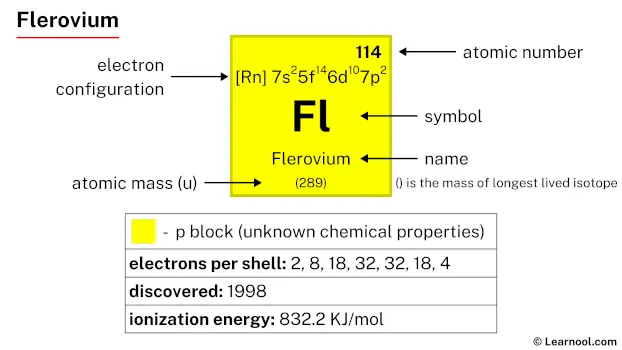 Flerovium |
115 Mc 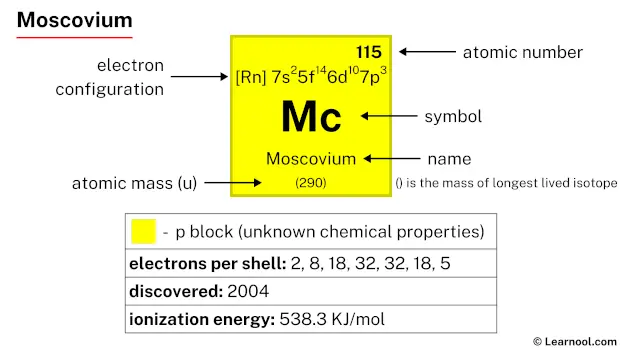 Moscovium |
116 Lv 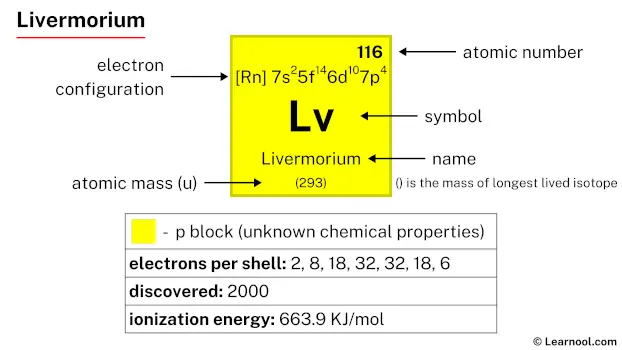 Livermorium |
117 Ts 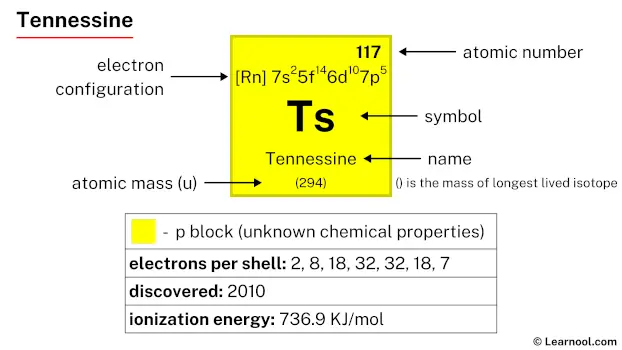 Tennessine |
118 Og 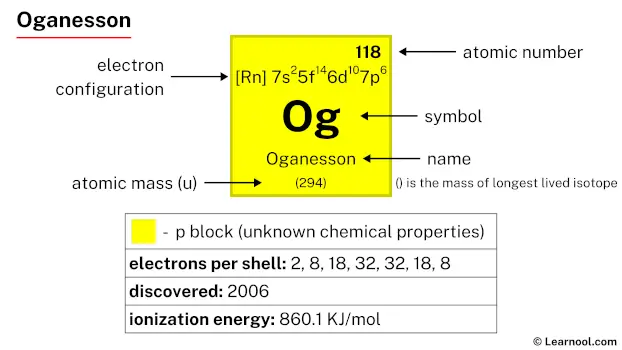 Oganesson |
||
| 57 La 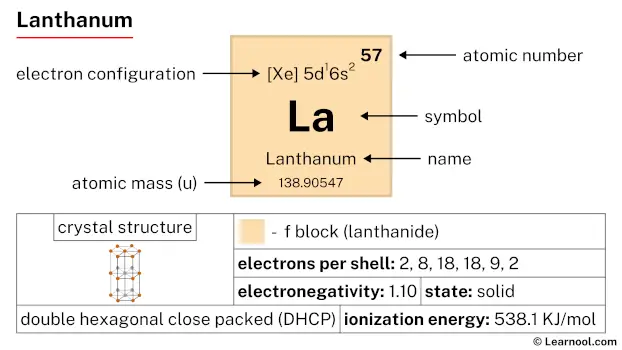 Lanthanum |
58 Ce 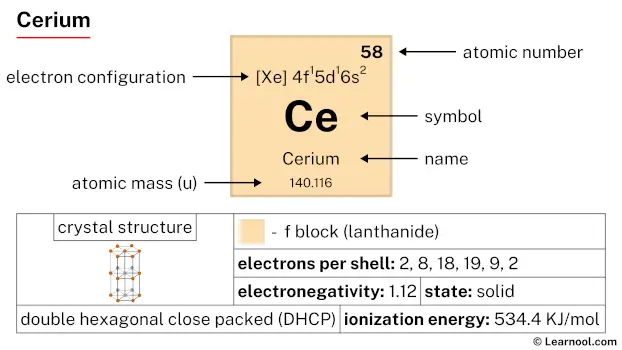 Cerium |
59 Pr 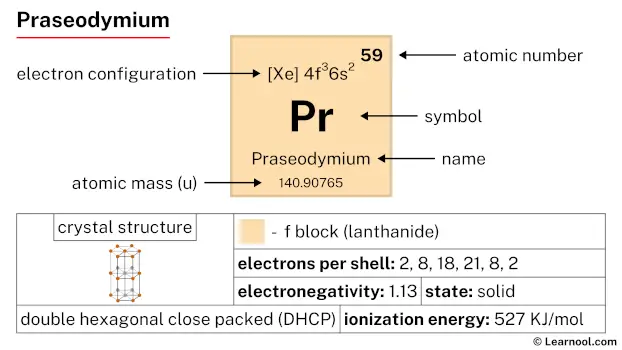 Praseodymium |
60 Nd 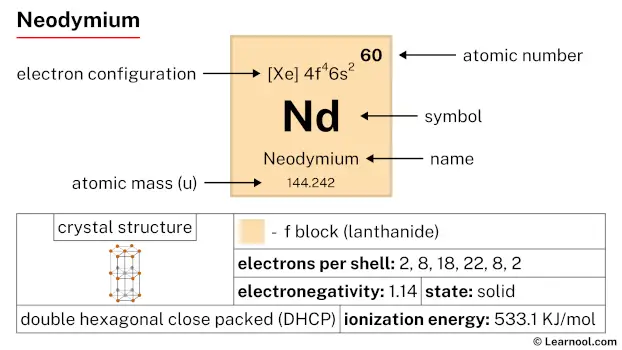 Neodymium |
61 Pm 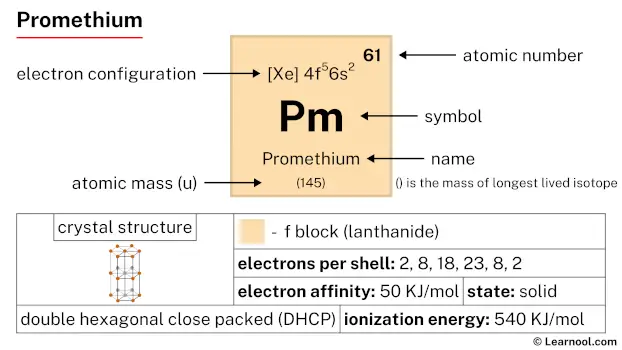 Promethium |
62 Sm 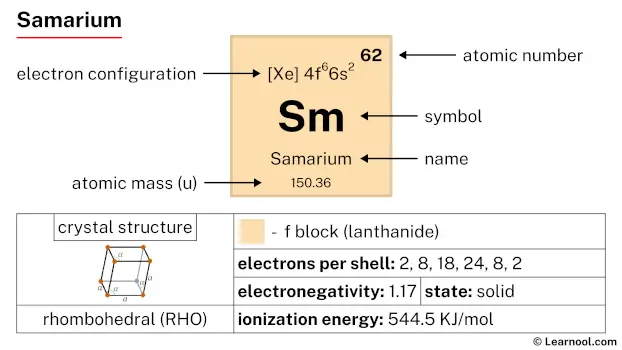 Samarium |
63 Eu 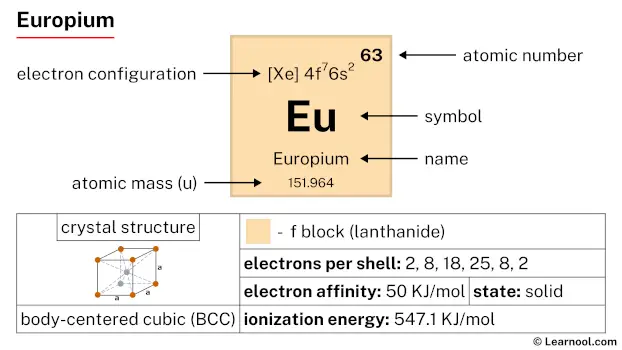 Europium |
64 Gd 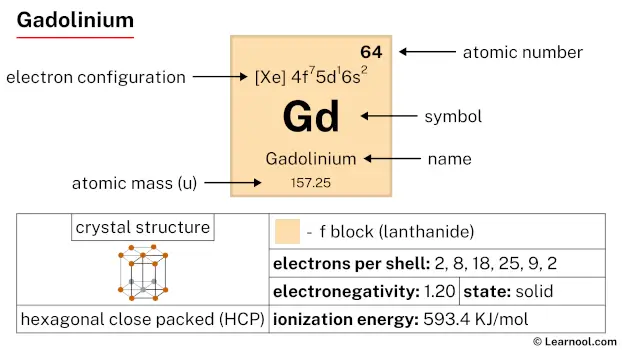 Gadolinium |
65 Tb 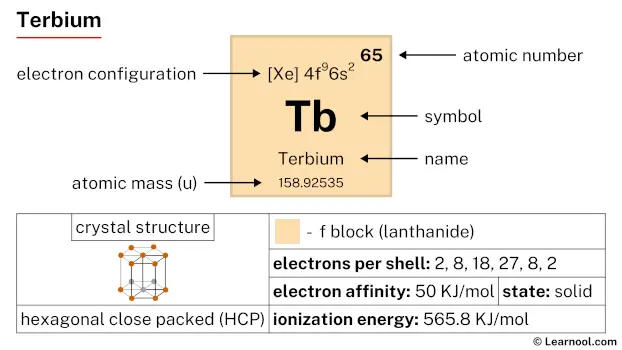 Terbium |
66 Dy 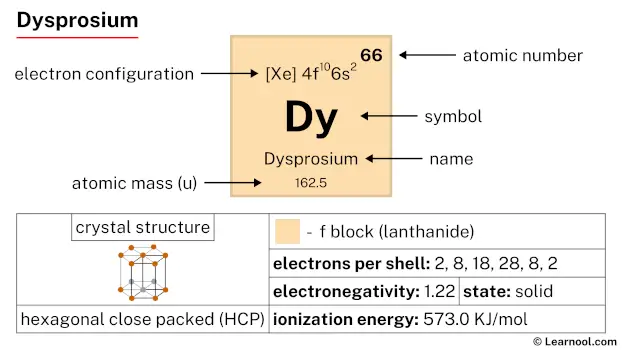 Dysprosium |
67 Ho 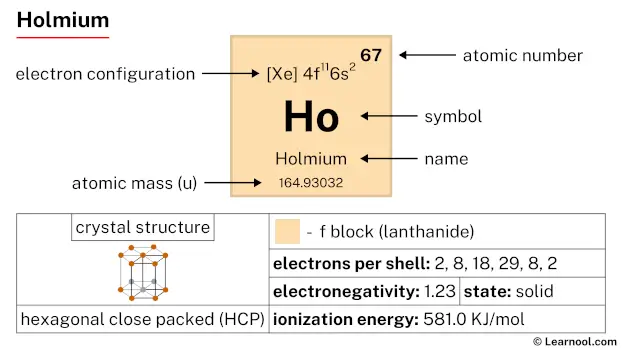 Holmium |
68 Er 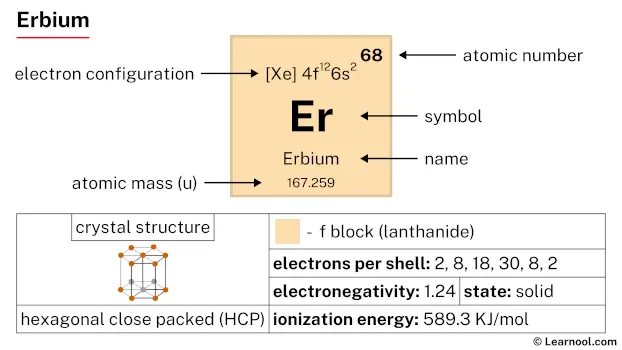 Erbium |
69 Tm 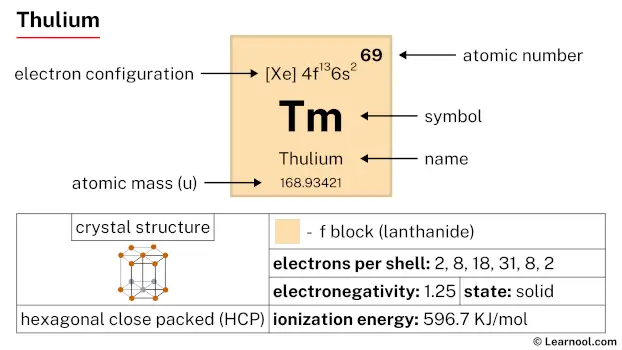 Thulium |
70 Yb 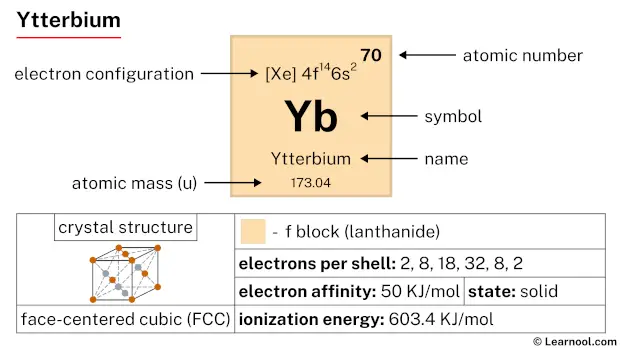 Ytterbium |
71 Lu 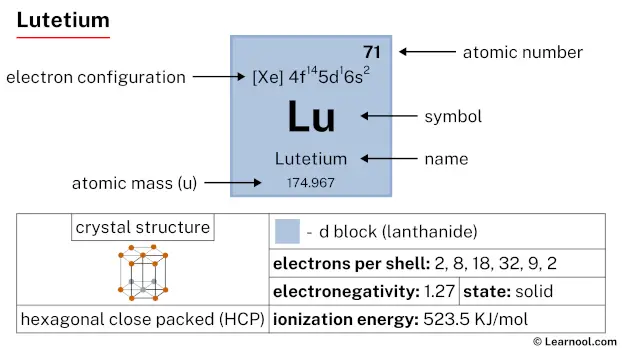 Lutetium |
|||||
| 89 Ac 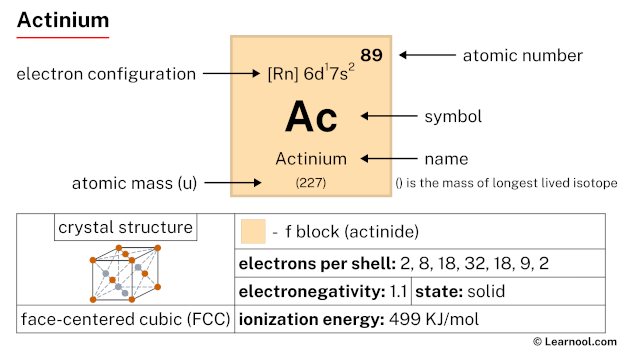 Actinium |
90 Th 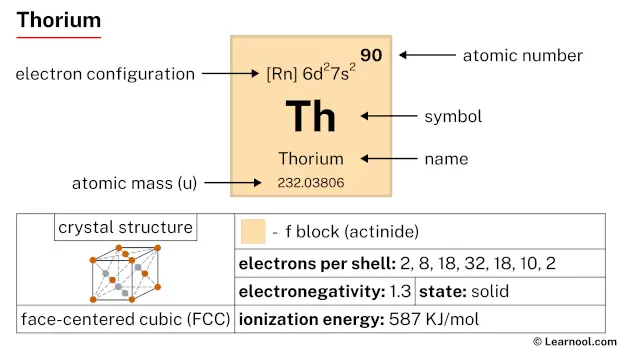 Thorium |
91 Pa 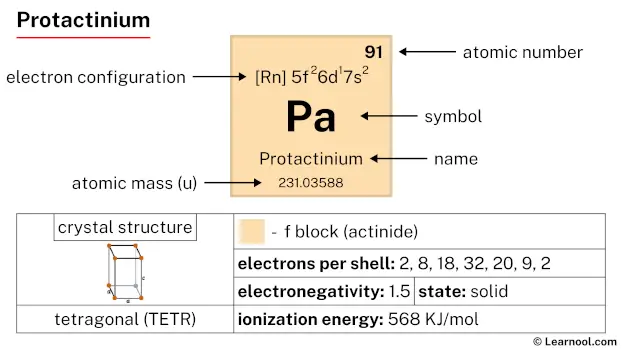 Protactinium |
92 U 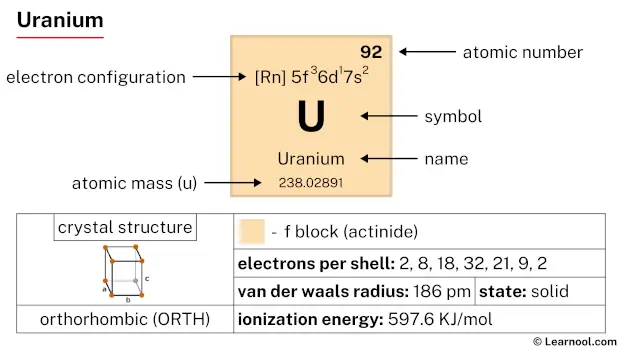 Uranium |
93 Np 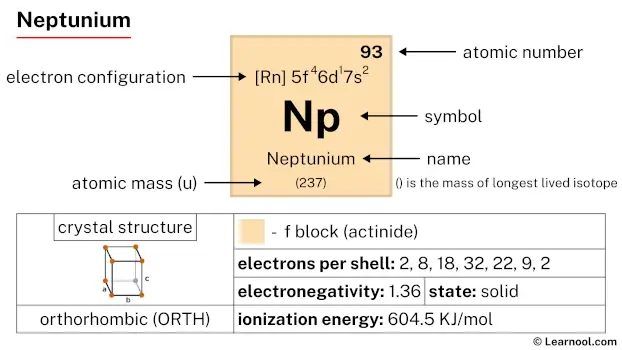 Neptunium |
94 Pu 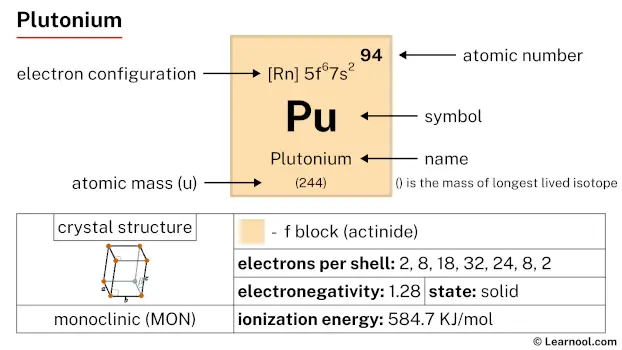 Plutonium |
95 Am 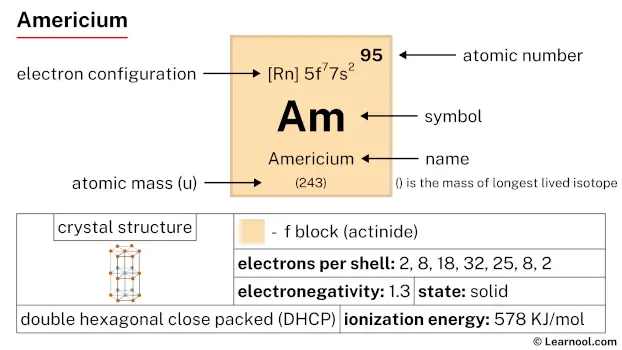 Americium |
96 Cm 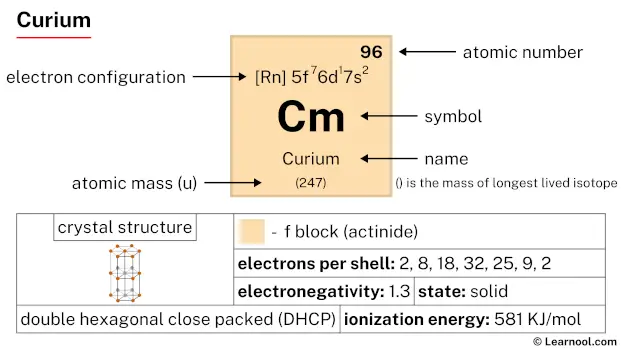 Curium |
97 Bk 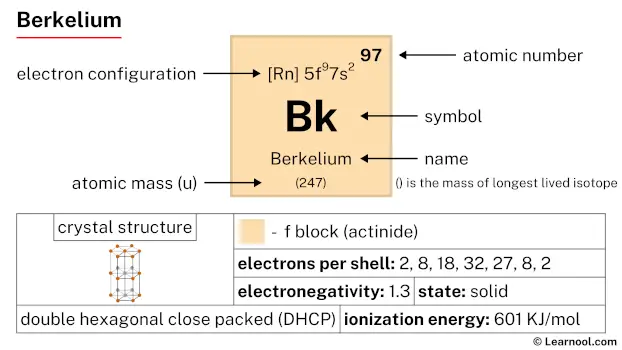 Berkelium |
98 Cf 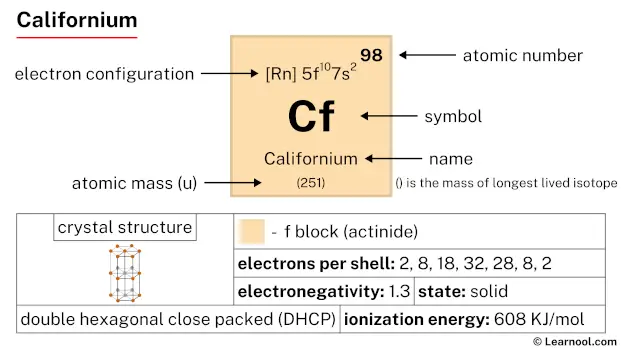 Californium |
99 Es 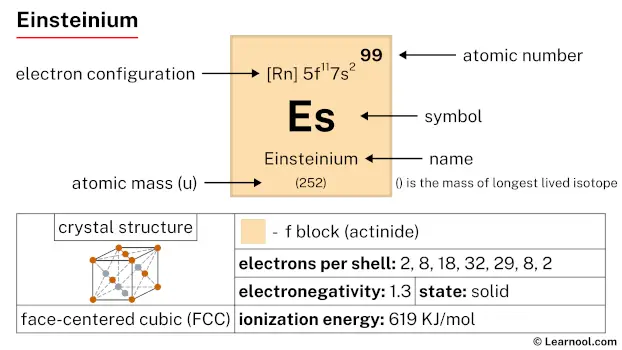 Einsteinium |
100 Fm 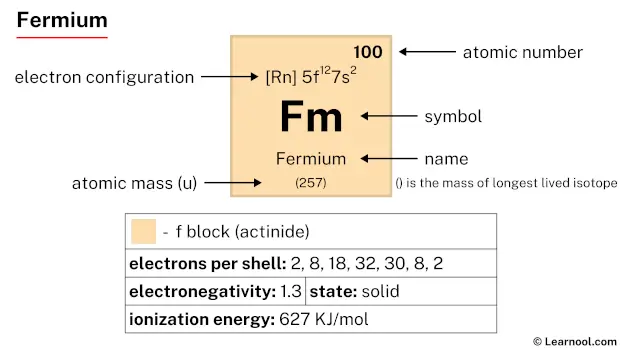 Fermium |
101 Md 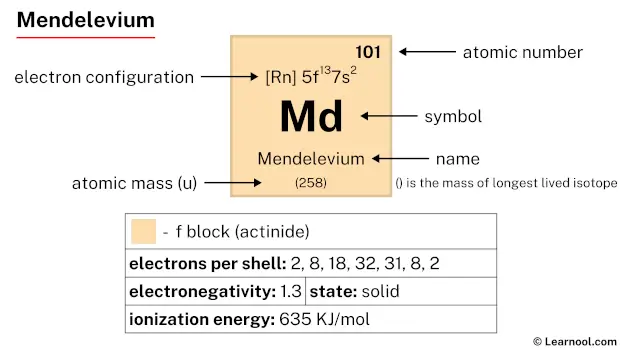 Mendelevium |
102 No 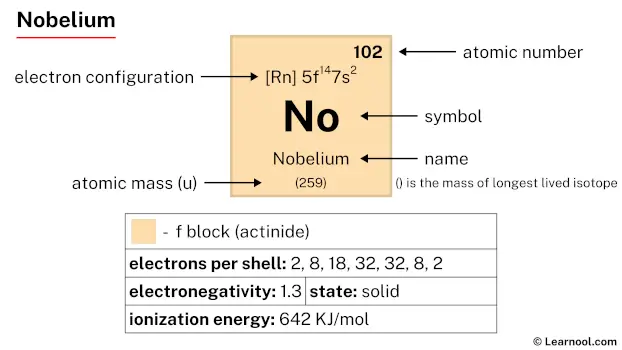 Nobelium |
103 Lr 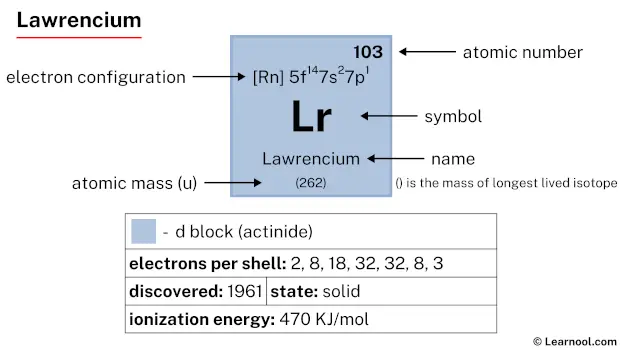 Lawrencium |
|||||
| – d block |
Zirconium is a d-block element, situated in the fourth column and the fifth row of the periodic table, denoted by the atomic number 40 and chemical symbol Zr.
Element information
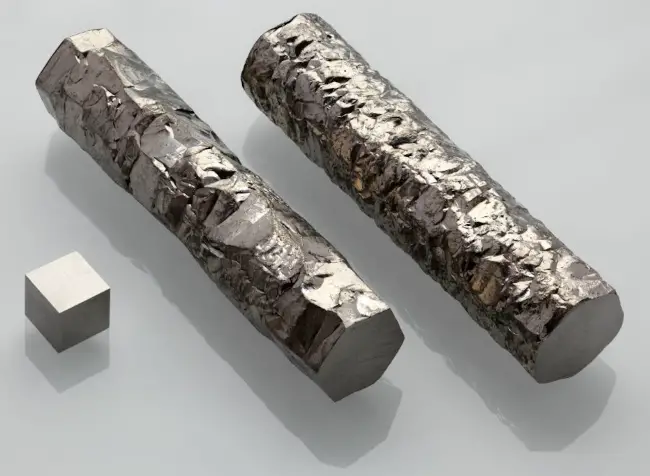 |
|
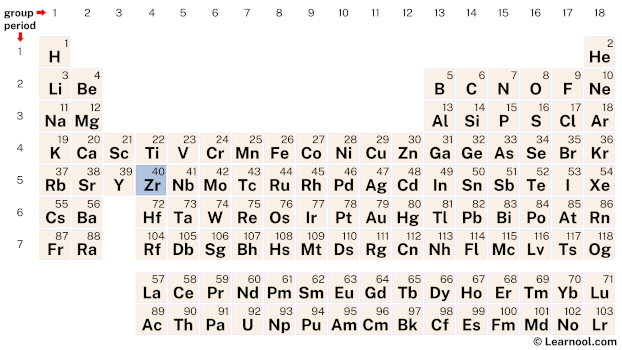 |
|
| Origin of name | Arabic word “zargun” (which means gold colored) |
| Symbol | Zr |
| Atomic number (Z) | 40 |
| Atomic mass | 91.224 u |
| Block | d-block |
| Group | 4 |
| Period | 5 |
| Classification | Transition metal |
| Atomic radius | 160 pm |
| Covalent radius | 175±7 pm |
| Melting point | 1852 ℃, 3365 ℉, 2125 K |
| Boiling point | 4377 ℃, 7911 ℉, 4650 K |
| Electron configuration | [Kr] 4d2 5s2 |
| Learn how to write: Zirconium electron configuration | |
| Electrons per shell | 2, 8, 18, 10, 2 |
| Learn how to draw: Zirconium Bohr model | |
| Crystal structure | Hexagonal close-packed (hcp) |
| Phase at r.t | Solid |
| Density near r.t | 6.52 g/cm3 |
| Main isotopes | Zirconium-90, Zirconium-91, Zirconium-92, Zirconium-94 |
| Natural occurrence | Primordial |
| Oxidation state | +4 |
| Electronegativity (Pauling scale) | 1.33 |
| Protons Neutrons Electrons |
40 51 40 |
| Learn how to find: Zirconium protons neutrons electrons | |
| CAS number | 7440-67-7 |
| Discovered by | Martin Heinrich Klaproth in 1789 |
History
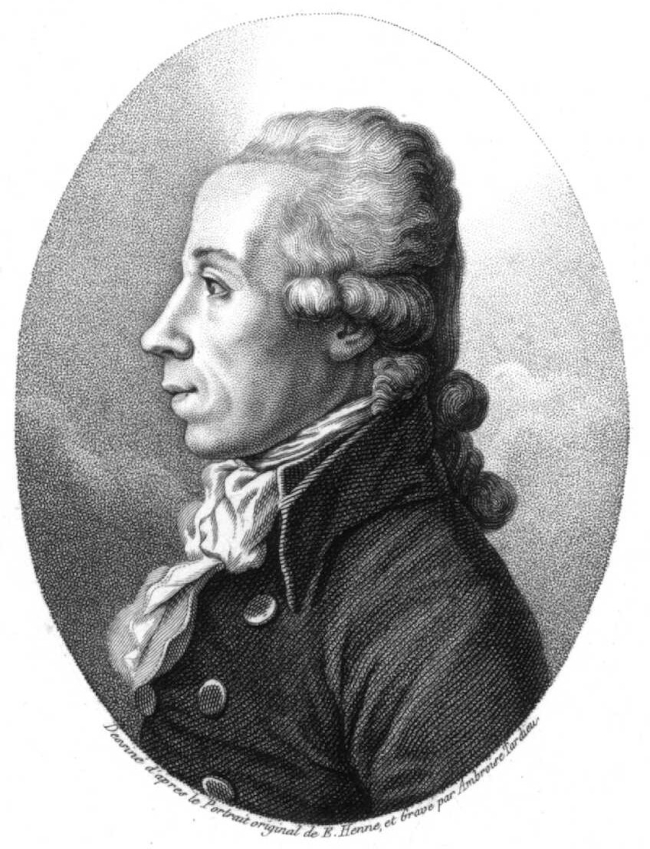
Zirconium was discovered by the German chemist Martin Heinrich Klaproth in 1789, while he was analyzing the mineral zircon from Sri Lanka. Initially, Klaproth mistook zirconium oxide for the metal itself, and it was only in 1824 that the Swedish chemist Jöns Jacob Berzelius successfully isolated pure zirconium by reducing potassium zirconium fluoride with potassium metal.
In the following years, zirconium compounds were used for various applications, including as a material for gas mantles in the late 19th century. The metal itself was first produced in pure form by the American chemist William Justin Kroll in 1940, using the Kroll process, which involves the reduction of zirconium tetrachloride with magnesium at high temperatures.
Occurrence and production
Zirconium is a rare metal that occurs naturally in a number of minerals, the most important of which is zircon. Zirconium is also found in other minerals such as baddeleyite and zirconolite.
The metal is produced by the reduction of zirconium tetrachloride (ZrCl4) or zirconium tetrachloride oxide (ZrOCl2) with magnesium or sodium in a high-temperature reaction.
The Kroll process is the most widely used method for producing zirconium. In this process, ZrCl4 is reduced with magnesium to form zirconium sponge, which can be further processed into ingots, billets, and other shapes.
The majority of zirconium production takes place in Australia, South Africa, and the United States. In 2020, global production of zirconium minerals totaled approximately 1.5 million metric tons.
Properties
Zirconium is a silver-gray transition metal that belongs to the group 4 of the periodic table.
It has a density of 6.52 g/cm3 and a melting point of 1852 ℃.
Zirconium has a very high resistance to corrosion and is often used as a protective coating for other metals.
It is a relatively abundant element, with the main source being the mineral zircon.
Zirconium also has several isotopes, with the most common one being Zr-90.
It is also a good thermal conductor and has excellent mechanical properties, making it useful in many industrial applications.
Zirconium is a paramagnetic material, meaning that it becomes magnetic when exposed to a magnetic field, but it loses its magnetism when the field is removed.
Zirconium has a very low neutron absorption cross-section, making it useful in nuclear reactors for cladding fuel rods and other components.
Applications
Zirconium is used as an alloying agent in the production of various metals such as steel, aluminum, and titanium.
Zirconium is used in the production of fuel rods for nuclear reactors due to its high resistance to corrosion and radiation damage.
Zirconium is used in the production of ceramics and glass due to its high melting point and chemical resistance.
Zirconium oxide, also known as zirconia, is used in the production of dental implants and artificial hip joints due to its biocompatibility and strength.
Zirconium is used in the production of fireworks and flares due to its ability to produce bright white sparks when burned.
Zirconium compounds are used in various industrial applications such as catalysis, dyeing, and corrosion inhibition.
Interesting facts
Zirconium is named after the mineral zircon, which was first discovered in Sri Lanka in the late 18th century.
It is a lustrous, grayish-white metal that is highly resistant to corrosion and heat.
Zirconium is often used in nuclear power plants due to its low neutron absorption cross-section and resistance to corrosion in water.
The element is also used in the production of alloys for various industries, including aerospace and defense.
Zirconium is highly refractory, meaning it has a high melting point, and is often used as a lining for high-temperature furnaces and crucibles.
One of the interesting properties of zirconium is its ability to form a protective oxide layer when exposed to air or water, which helps to prevent further corrosion.
Zirconium is also used in jewelry as a substitute for diamond, and is often used as a gemstone in its own right.
The largest producers of zirconium are Australia, South Africa, and China.
Related
More elements
External links
- https://www.rsc.org/periodic-table/element/40/zirconium
- https://en.wikipedia.org/wiki/Zirconium
- https://www.britannica.com/science/zirconium
- https://pubchem.ncbi.nlm.nih.gov/element/Zirconium
- https://www.livescience.com/34610-zirconium.html
- https://www.chemicool.com/elements/zirconium.html
- https://study.com/academy/lesson/what-is-the-element-zirconium-used-for-lesson-for-kids.html
Deep
Learnool.com was founded by Deep Rana, who is a mechanical engineer by profession and a blogger by passion. He has a good conceptual knowledge on different educational topics and he provides the same on this website. He loves to learn something new everyday and believes that the best utilization of free time is developing a new skill.
